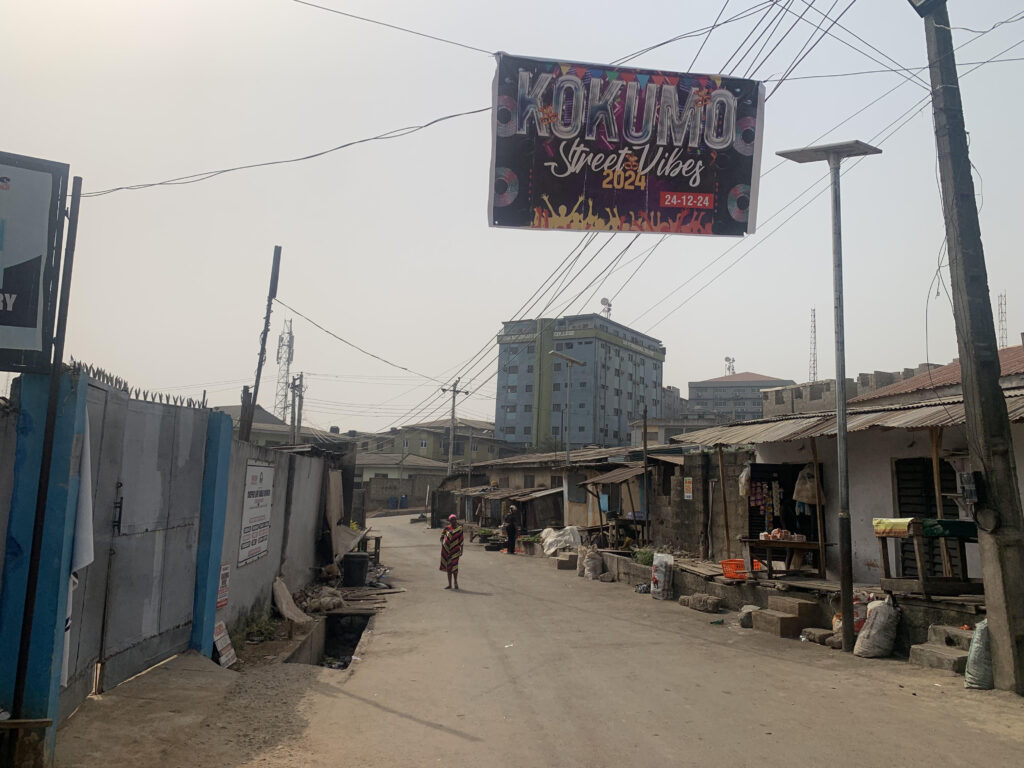Niger, Kano, Oyo… states that have experienced protests over hardship

The widespread economic difficulties gripping Nigeria have sparked a series of protests across the country, with residents of various states raising their voices against the high cost of living. From Oyo to Kano, Lagos to Sokoto, Nigerians are coming together to demand change and relief from the hardships they are facing.
In Ibadan, the capital of Oyo State, a group of residents gathered at the Mokola axis, armed with placards bearing powerful messages calling for an end to food hikes, inflation, and insecurity. The protesters showcased their determination and organization as they took to the streets to make their voices heard. Videos circulating on social media captured the scale and energy of the demonstration, painting a picture of unity and strength among the participants.
Similar protests have erupted in states like Kano, Ogun, Niger, Sokoto, Lagos, and Osun, with residents expressing their frustrations and calling on the government to intervene. From lamenting the high cost of food items to demanding price controls and government action, Nigerians across the country are demanding change and relief from the economic hardships they are facing.
Read more stories on foodstuff:
The protests serve as a powerful reminder of the resilience and determination of the Nigerian people, as they come together to fight for a better future. With voices echoing from different corners of the country, it is clear that the cry for change and relief is growing louder and stronger, uniting communities in their quest for a brighter tomorrow.
5 ways the Nigerian government can control hikes in prices of foodstuff
Improve agricultural productivity
The government can invest in modern farming techniques, infrastructure, and research to increase the yields of key crops. This will help to boost food production and lower prices.
Read more stories on protests:
Provide subsidies
The government can provide subsidies to farmers to help offset the cost of inputs such as fertilizers, seeds, and machinery. This can help to lower production costs and ultimately reduce the price of food for consumers.
Implement price controls
The government can set price ceilings for essential food items to prevent retailers from overcharging consumers. This can help to stabilize prices and make food more affordable for the average citizen.
Strengthen food security programs
The government can improve and expand existing food security programs to assist vulnerable populations. This can help ensure that all citizens have access to affordable and nutritious food.
Encourage local production
The government can promote the production and consumption of locally grown food, which can help to reduce dependence on expensive imported goods. This can also create jobs and stimulate economic growth in rural areas.




